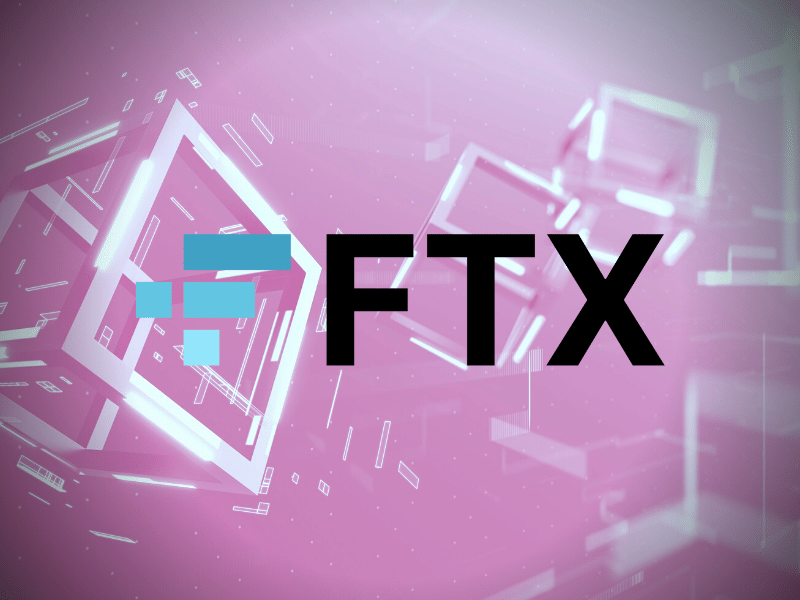Crypto exchange FTX, before it collapsed last week and filed for bankruptcy protection, used a strategy to appear as the “most regulated crypto platform” by stake-picking in companies. But the plan misfired and attracted hard scrutiny from authorities, according to media reports.
FTX spent nearly $2 billion on “acquisitions for regulatory purposes,” per a September 19 meeting minutes. In 2021, it bought out LedgerX LLC, a futures exchange, and grabbed three Commodity Futures Trading Commission (CFTC) licenses in one stroke.
Reuters in a report said scrutiny of TTX documents revealed Sam Bankman-Fried’s regulatory agenda of grabbing licenses indirectly and to woo regulators by acquisitions. FTX tried picking up stakes in companies with licenses from authorities as shortcuts to skip the long approval process.
FTX also unreported terms of a deal with IEX Group, the U.S. stock trading platform. Bankman-Fried bought a 10% stake in IEX in early 2022 with a condition to buy it out completely in the next two years, according to a June 7 document.
The IEX deal partnership also allowed SBF to lobby the stock market regulator, the SEC, on crypto regulation practices. FTX’s broader goal was to embrace a congenial and friendly regulatory framework that suits it.
FTX sought hundreds of millions of dollars in funds from big investors flaunting licenses as a key competitive advantage. The “regulatory moats,” stonewalled rivals and allowed them access to lucrative markets and partnerships. “FTX has the cleanest brand in crypto,” the exchange proclaimed in a June document presented to investors.
FTX has been accused by investors and peers of secretly taking away customer funds and using $10 billion to prop up a fledgling trading firm, Alameda Research, owned by Bankman-Fried.
Meanwhile, John J. Ray, the new CEO of FTX revealed some disturbing practices in a bankruptcy-court filing. He said FTX under SBF “did not have the type of disbursement controls that I believe are appropriate for a business enterprise.”



